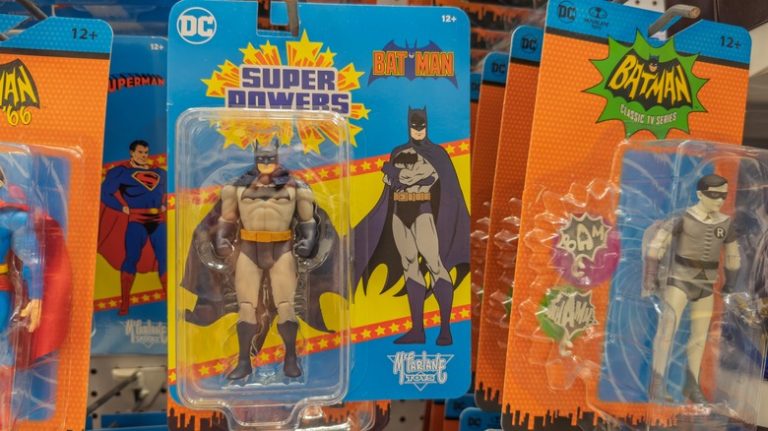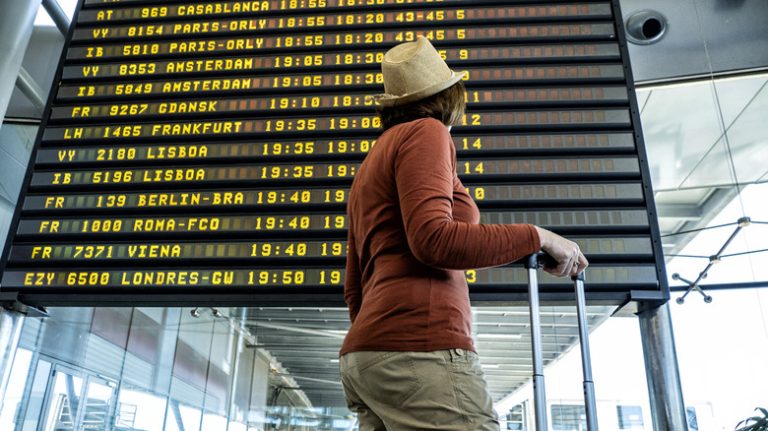
Rick Steves is an American travel writer, broadcaster, and entrepreneur, renowned for his budget-friendly guidebooks and his enduring PBS series, “Rick Steves’ Europe.” He guides travelers in immersing themselves in local culture and communities, providing insights on avoiding scams such as unreliable European ATMs and explaining how flying “Open Jaws” can lead to savings on airfare.
Steves advises travelers to spend all their foreign coins before entering a new country. For instance, a €2 coin that isn’t exchanged cannot be used in the U.S., rendering it merely a travel keepsake. Unlike paper bills, which can be exchanged back into local currency almost anywhere, coins do not receive the same treatment. Even in places where U.S. coins are accepted, the cost is high. That’s why in the next slide, we’ll explore why foreign coins are nearly impossible to exchange—from high shipping costs to their low face value—and what that means for your travel budget.
Why foreign coins are nearly impossible to exchange

The short reason why exchanging foreign coins is difficult is that they are heavy, costly to ship, and hold only a small value individually, making handling them more expensive than their worth. This is why major banks worldwide, including those in the United States, refuse to deal with foreign coins and may even reject paper notes they can’t process. For example, U.S. Bank’s policy states that it does not accept foreign coins, and paper bills are reviewed on a case-by-case basis. Similarly, Bank of America notes that it does not offer or accept foreign coins in its currency exchange services. Even the Federal Reserve won’t handle them, as its Cash Services guide specifies that Federal Reserve Banks do not accept deposits of foreign currency or coins, returning them to the sender instead.
Coins are much heavier than paper bills, so transporting them in bulk quickly adds to shipping weight, with carriers charging by weight. Local banks often refuse foreign coins because sending them back to their originating country can cost more than their face value. Each coin carries minimal monetary value, reducing the return on investment for processing and transporting them. An October 2022 Federal Reserve industry report found that excess coin shipments create inefficiencies in the supply chain, with banks and mints incurring storage, handling, and transportation fees that exceed the coins’ worth.
Smart ways to let go of foreign coins when traveling

Transform your leftover coins into small travel delights: purchase a snack, enjoy a final coffee, or take one last bus ride, ensuring every cent brings joy rather than clutter. Use €1 and €2 coins to complete a train ticket or cover museum entry fees, and deposit smaller change into tip jars. Airports can also be ideal for your coin “clear-out,” with cafés and vending machines available right before boarding. Alternatively, get creative by making keychains or fridge magnets, or send them to charities like UNICEF, which utilizes foreign coins effectively after your trip.
Place €5 (or its equivalent) into a stamped envelope for the United Nations Children’s Fund (UNICEF), and you’ll be helping to buy and distribute a malaria bed net to protect a child. UNICEF USA even encourages you to donate foreign coins through select American Airlines flights, a partnership that has raised over $18 million for the “Change for Good” program, funding vaccines, clean-water projects, and nutrition programs for children worldwide. Whether you choose to treat yourself to one last gelato or drop those coins into a donation box, the goal remains the same: put every cent to work.
“`






